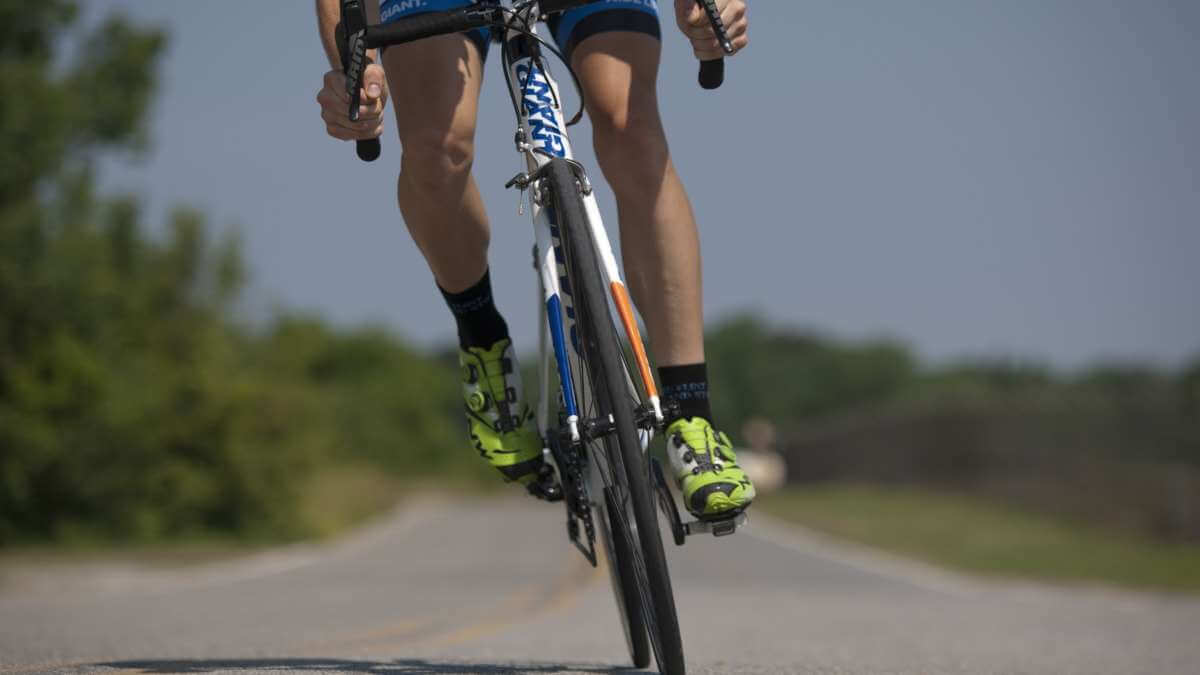How many times have you heard stories of athletes who did great during their training, but didn’t have the desired results on the day of the race, due to the wrong pacing? Maybe, this has happened to you too, even if you didn’t miss a single workout during preparation? The truth is that pacing can make or break a race for an athlete; let alone pacing an Olympic distance Triathlon — an undoubtedly challenging race.
In this article, we’ve compiled a few important considerations, to help you streamline your training; and, of course, perform your best in the next Olympic Triathlon competition.
The importance of a pacing strategy, and a right mindset
Like in all triathlon distances, so in the Olympic distance, you must follow a pacing strategy. A coach won’t only help you towards pacing an Olympic distance Triathlon, but also find the ideal pace for optimal performance. Especially in the build phase, the coach can design a training program that includes gradually longer laps in the race pace.
As you know, the Olympic Triathlon usually lasts from two to three hours, and consists of three components:
- 0,93 mi (1,5Km)swimming
- 24,85 mi (40Km) cycling, and
- 6,2 mi (10Km) running
That goes to say, many triathletes view this event as three different sports; don’t make the same mistake. Also, forget about setting personal records in these three disciplines. Instead, start thinking of practical ways to find the optimal pace; and, keep it up with stern consistency, for two or three hours.
So far so good, but what does science have to say about pacing an Olympic distance triathlon?
Scientific data on pacing an Olympic distance Triathlon, for optimal performance
Swimming
In endurance events, athletes tend to start their race at a slower pace, and gradually increase it as the race progresses. Especially in long-distance events, this is a standard tactic for a typical athlete. However, in triathlons it’s difficult to start slow in the swimming segment, and stay at a stable pace. Why is that? Simply because you’re surrounded by hundreds of other swimmers. A rule of thumb is either find your route in the sea, or draft behind another swimmer.
Scientifically speaking, this is not the case, and, according to Bailey et al, 2011, a fast-start may lead to superior performance (7% greater power output), as compared with a slow-start. To highlight, this valuable observation was attributed to a faster oxygen consumption (VO2) response. As such, it’s possible that the adoption of a fast-start pacing strategy — especially during the swim discipline — may enhance oxygen kinetics; thus, improve overall swim performance.
This is why you don’t need to worry about your pacing strategy in the swimming segment. All things considered, it would be wise to start fast in the first minutes; then, find your place in the water, drafting behind a swimmer.
Cycling
In cycling, on the other hand, things are more clear. Most triathletes tend to cycle at 88-94% of their functional threshold power (FTP), or 90-95% of their threshold heart rate. Take note that we’re not talking about well-trained triathletes, who can cover the 40K distance at 100-110% of their FTP. We’re talking about amateur triathletes, hence, the optimal intensity is located between the aforementioned 88-94%.
Now, depending on your fitness level, you should aim for a specific percentage of FTP. For example, if you are good at cycling, you can aim for 91-94% of FTP and 93-95% of threshold heart rate; whereas, if you are not a strong cyclist, you should aim for the low end of the above percentages.
Running
Remember that when competing in the Olympic Triathlon distance, you should think of it as one sport with three different disciplines; not three different sports. Why do I keep reminding you of this? Well, you already know that you can run for approximately one hour; that is, at your heart rate or pace threshold.
Based on this fact, an athlete with a threshold pace of 6min/km will run the 10K in one hour, right? Wrong! Don’t forget that you start with the running leg after swimming and cycling; hence, you should aim to run below your heart rate or pace threshold.
On average, triathletes tend to run between 90-95% of their threshold pace and 94-96% of their heart rate threshold. Mind you, the heart rate will be higher than usual; after all, there are many parameters that can cause an HR drift. Therefore, just like cycling, you should aim for the high or low end of the aforementioned percentages, depending on your level.
If you’re finding all this jargon a bit too much, you can always trust a coach to guide you in setting up an effective training plan; and, much more, for that matter.
An afterword
In this article, we’ve offered general recommendations and tips, through the lens of science. But since there are no specific guidelines, the best thing you can do, as an athlete, is to find a good coach to help maximize your performance, efficiently and safely. Regarding your pace, after your fitness assessments, your coach will scientifically determine an exact pacing strategy.
As a final recommendation, in conjunction with finding yourself a coach, utilize the capabilities of a comprehensive endurance analysis software, like Endogusto. Such a platform is always a good place to start, proving to be valuable for both coaches and athletes.
Give Endogusto a try today, and keep on pacing an Olympic distance Triathlon, the right way!
